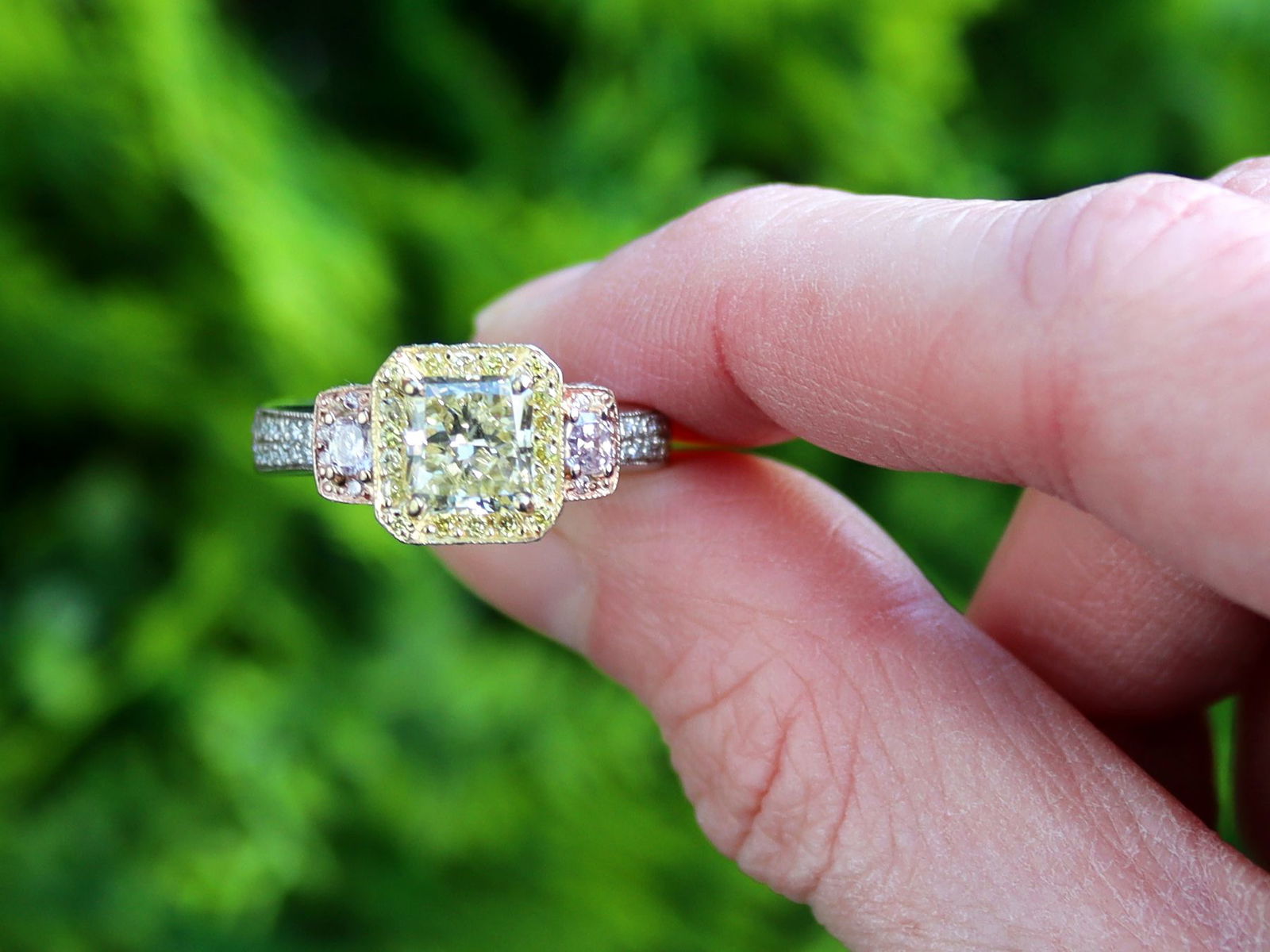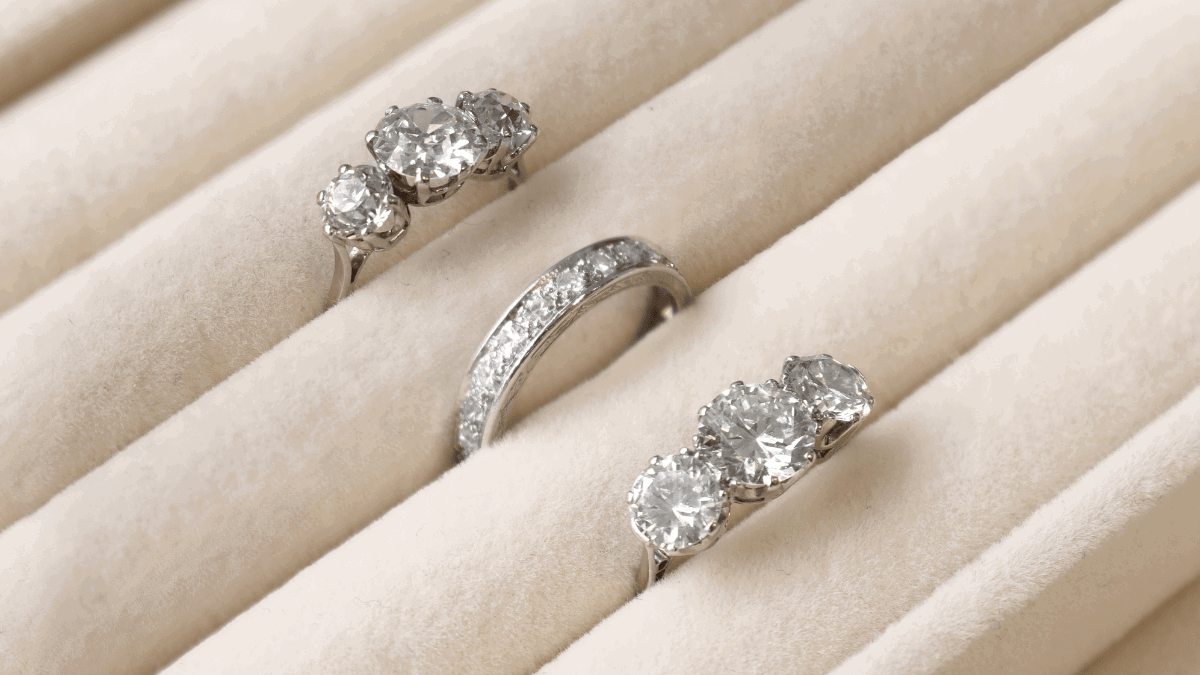‘One cannot have too large a party’ – Jane Austen
I love the Georgian era. It sounds odd to say but if someone was to ask me which particular period I’m enamoured by the most it would probably have to be the time of the four George’s. Why? Primarily, it’s probably due to my keen interest in Jane Austen novels (favourite character being Elizabeth Bennett – in case you were wondering). As well as many other themes that are prevalent in Austen novels, one of them is entertaining. So much of it intrigues me: the decorum, the glamour, and…the table setting. Yes, AC Silver has trained me well!
It got me thinking, how is the Georgian table so different from other table settings of different periods? Naturally, I had to do some digging! What I found did not disappoint.
The Georgian Period
The Georgian period brought with it extravagance and opulence. It was reported in The York Courant that Sir William Lowther served 180 dishes at a party at Flatt Hall!! But, funnily enough, it wasn’t just a time of overindulgence, it was also a time of restraint. Perhaps it was the emphasis on reason – thank you Enlightenment – that drove forward the restraint, and maybe it was the high level of seemingly disposable wealth that encourage the opulence.
The Georgian Table
The Georgian table was extravagant in the sense that more foodstuffs that were increasingly exotic were emerging, and with that different types of tableware began to emerge. The pieces that were used to serve food were another way that the host was able to showcase their wealth. It is the Georgian era we can thank for tureens, centrepieces, and elaborate dishes.
Dine like a Georgian Duchess
The Georgian’s thought very highly of dinner. In fact, it was the biggest meal of the day. Whoever said breakfast like a King, lunch like a Prince, and dine like a Pauper weren’t talking about the Georgians. Breakfast was a modest affair, often it was quite like a buffet: a table filled with pastries and fruit, maybe even eggs and toast where you could help yourself. Sometimes the lady of the house chose to have breakfast brought up to her chambers – wish this occurred more often today! It would appear that lunch was more of a snack than a proper meal. It was called luncheon, which does make it sound a bit more fancy than just a snack – again emphasises restraint and reason vs. opulence. There was no table setting attached to ‘luncheon’ as it was deemed a snack which was often taken on-the-go. Then comes dinner…prepare yourselves!
As you’ve probably gathered by no, dinner was a grand affair! Let us begin with just entering the dining room. The lady of the house would address the woman who was the top of the social ladder and ask her to invite all the ladies into the dining room. This would then signal the lord of the house to do the same with the men. Then each guest would be invited into the dining room in strict social order. It is in this order that people would be seated round the dining table. Like I said – very grand!
Once everybody was seated (emphasis on being properly seated, in the correct order) the wait started for the dishes. It is important to note that the food and the dishes were not already on the table. This is partly because in these big Georgian manor houses the kitchen was located as far away as feasibly possible from the main living apartments. Why, do you ask – to eliminate the damage caused if there was a fire emerging from the kitchen. Of course, this reasoning makes sense but it did also mean that by the time the dishes arrived they were lukewarm due to the distance. Luckily, the Georgians had some nifty side tables where they placed dishes that would hold food. These side tables were often located near the fireplace, thus keeping the food warm, until it was ready to serve.
Dishes
In the Georgian era dishes were another way to display wealth. Even when they weren’t in use they would be proudly displayed for all to see. It is worth looking into the different types of dishes that were particularly popular around this time.
Tureens
Tureens became quite the staple at the Georgian table. The tureen was actually introduced to England via the French court at the beginning of the 18th Century – perfectly coinciding with the Georgian period. Often the tureen was the principle piece at the dinner table, primarily because it was often the largest item on the table. The tureen was usually displayed on matching stands and ladles. By the latter half of the 18th Century, sauce boats were replaced with smaller sauce tureens, which of times matched the main tureen.
Centrepieces

Some of the earliest English centrepieces are the epergnes, which were recorded around 1720. These centrepieces sometimes incorporated a number of different objects. There would be a central tureen supporting a singular dish surrounded by smaller dishes that would be attached by arms or branches. Some epergnes had oil and vinegar bottles, casters for salt, sugar and mustard, and even candle holders. The centrepiece was the must have Georgian table accessory.
Flatware

Near the beginning of the Georgian era guests were actually expected to bring their own flatware! Everyone would carry their own personal set. Just imagine going round to someone’s house now and having to remember your own cutlery – I’m pleased times have changed in this respect. Luckily for guests, this custom changed around the mid 1700’s. Guidelines were introduced for the placement of flatware: forks on the left and spoons and knives on the right.
Napkins
Strangely, napkins seemed to go in and out of fashion. At the beginning of the Georgian era napkins were a must-have part of dinner parties. Sometimes, particularly fancy hosts even went as far as to hire napkin experts, whose only job was to fold the napkins elaborately before a dinner party. Then, later in the Georgian era most people in England abandoned napkins in an attempt to reject European influence. They were at war with France after all! If a guest needed to wipe their mouths then their only option was to wipe it against the white table cloth. I can’t help but think they were cutting their noses off to spite their face here! Thankfully, the beginning of the 19th Century brought with it napkins!
The Table setting
There were many, many courses at a Georgian formal dinner. Guests weren’t actually expected to eat every single thing. However there were certain expectations of the guests; one of them being that guests had to stay seated while servants took away dishes, and brought new plates, bowls and glasses with each new course. The way that the table was arranged was certainly an art form. In fact, people wrote books wherein there were specific maps of the dining table for people to emulate.
Contradictions In the Georgian era
I mentioned earlier that the Georgian period was full of contradictions: opulence/restraint, elegance/vulgarity. Be warned, some of the examples of these are not very pretty! It wasn’t acceptable for guests to leave the dining table to relieve themselves. So…instead of leaving the room to go to the toilet there was a chamber pot placed near a side table, and that’s where everyone went to relieve themselves for everyone to see! During dinner certain topics were off limits as they were deemed too vulgar, but then afterwards not a single topic was off limits! Then we have the contradictions with the dinner: after being sat down specifically, after being served dish after dish which had been placed meticulously down with restraint, guests would then stuff themselves with a ridiculous amount of food. It is said that some family members ate around 2 lbs. of beef. Like I said, the Georgian dining table – full of contradictions!
Despite all the craziness, I for one am still in love with the Georgian period. How could I not be, with the fine and impressive silverware pieces that they were so fond of? Do you feel the same? Leave us a comment below.









